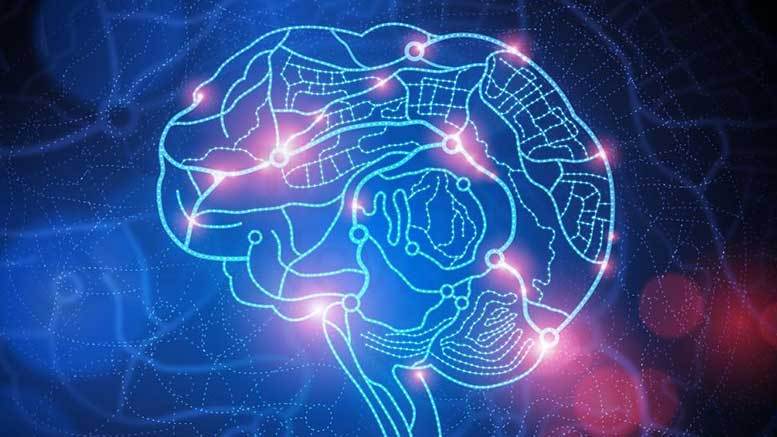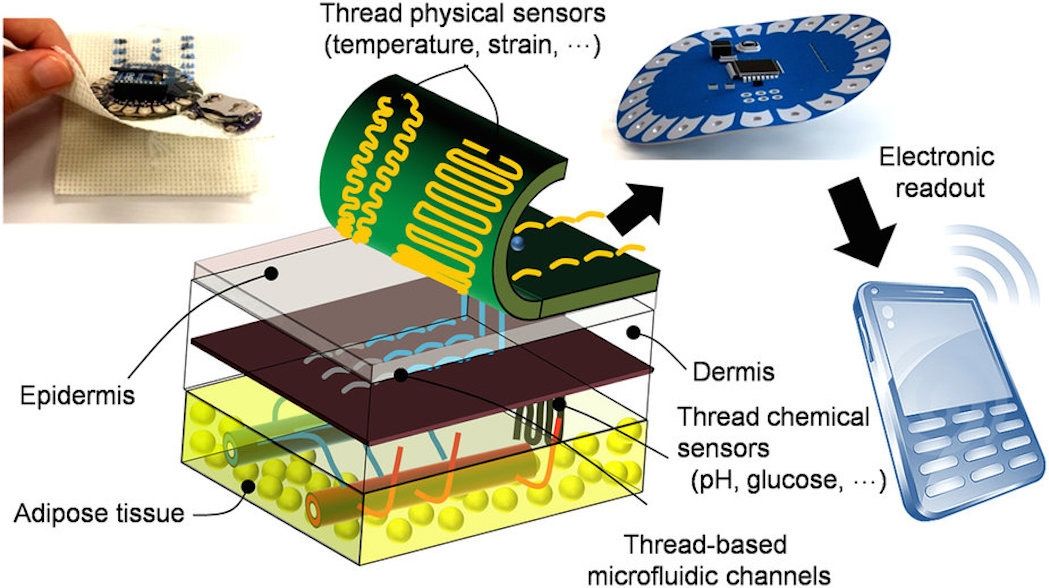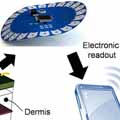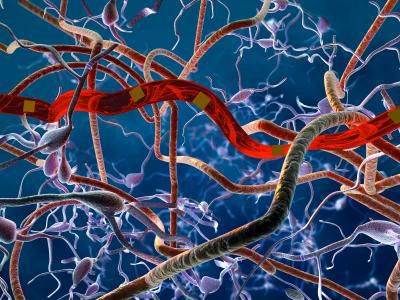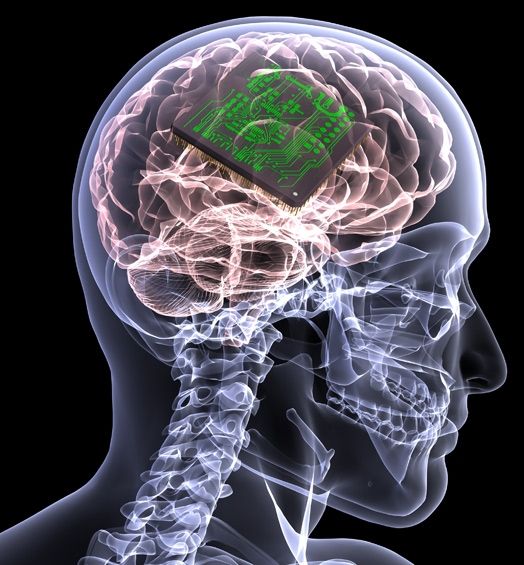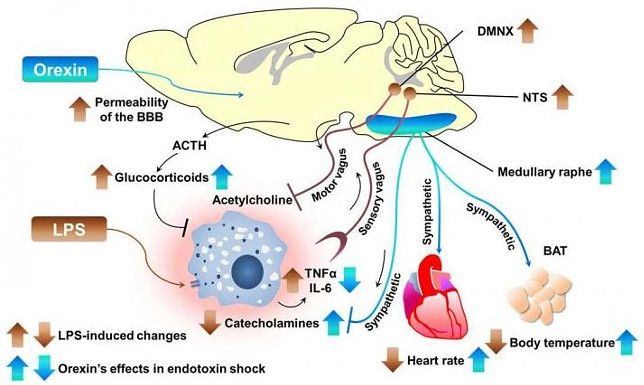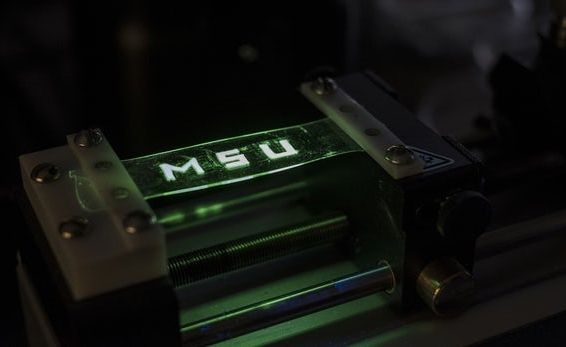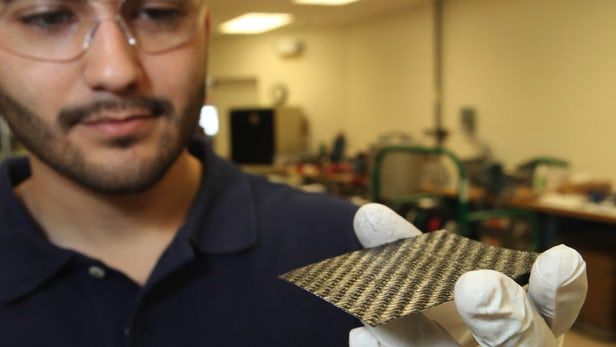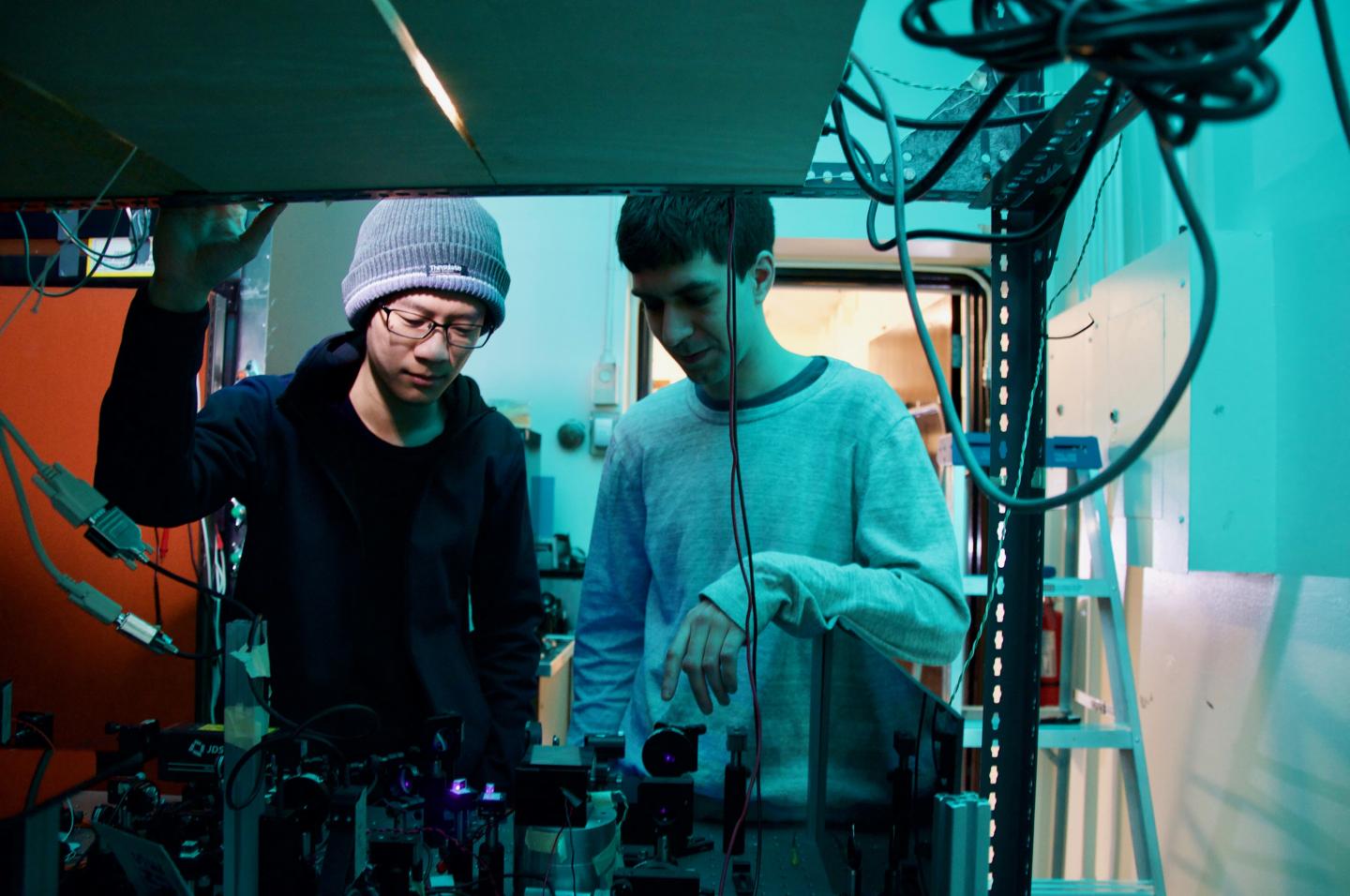Feb 16, 2017
Australian entrepreneur reveals ‘brain-controlled’ telepresence robot
Posted by Karen Hurst in categories: education, robotics/AI
Luv this.
Australian entrepreneur reveals brain-controlled telepresence robot. Teleport utilizes brain controlling interface to follow the focal point of a user’s mind and serve various fields of life.
Australian Developer has released a telepresent robot that will let the users attend school or work distantly. People, with a limited mobility of upper limb, will remotely attend tasks through this off-the-shelf mind controlling interface costing 200 UDDs.
Continue reading “Australian entrepreneur reveals ‘brain-controlled’ telepresence robot” »
